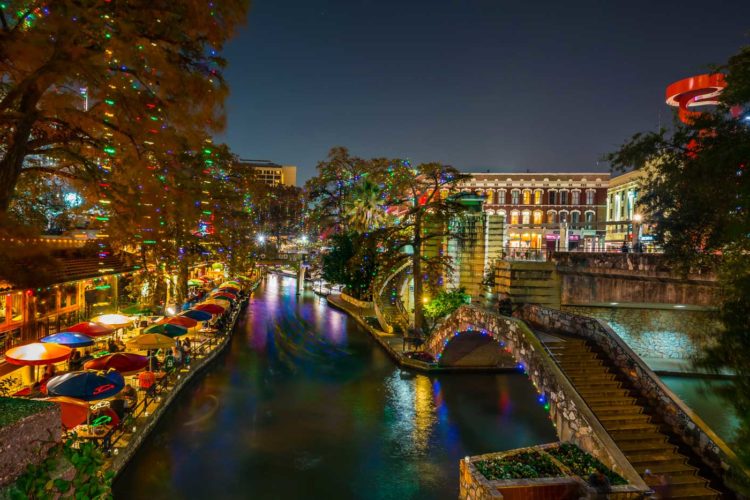Awaken in the Alamo Town with the smell of huevos rancheros in the air, the sound of mariachis, and the view of barges twisting down the San Antonio Stream, and you know you’re someplace special.
San Antonio is oftentimes Texas’s most wonderful and atmospheric city, so it’s no wonder Oahu is the state’s number-one tourist destination. Remember the Alamo? It’s here, sitting in a plaza proper downtown, so you can easily go to it from your hotel. But while most readers take a look at this popular image of Texas liberty when they come to the area, the old goal is by no means the only real purpose to visit San Antonio.
In reality, the center of the visitor region may be the Paseo del Rio—the Stream Walk—a merry, very nearly wonderful place that winds through downtown at 20 feet below street level. Situated in by tall buildings and cypress woods, and saved from the sound of traffic over, the Stream Walk draws crowds to its high-rise and store hotels, niche shops, and a myriad of eateries with alfresco dining.
Families are attracted to the huge theme parks on the northwestern edge of town. San Antonio’s Sea World is the largest marine-adventure park in the Sea World cycle and has what every kid needs in a park: animals, roller coasters, waterslides, and swimming pools. Meanwhile, Six Banners Fiesta Texas also features a water park and roller coasters, plus many other rides and Branson-like audio shows.
Snuggled strongly in south-central Texas, San Antonio works because the gateway to the Mountain Country—a landscape punctuated with stunning stay oaks, range waters, and flush-with-wildflowers hills—along with the start of South Texas https://www.travellens.co/best-things-to-do-in-san-antonio-texas/, the huge triangular hint of the state that’s home to the Rio Grande Valley and South Padre Area, beloved destinations for chicken watchers and beach-goers. San Antonio also isn’t far from the Mexico–Texas border—between two and three hours to Del Rio to the west and Laredo to the south.
Provided the city’s close closeness to Mexico and its one-time position as the principle Mexican stronghold in Texas (before Texas’s independence), it’s perhaps not shocking that the rich tapestry of San Antonio’s heritage has much of Hispanic culture woven into it. Readers can explore shops offering Mexican designs and jewelry, eat on Tex-Mex food, and appreciate Spanish audio and mariachi bands at Industry Square.

